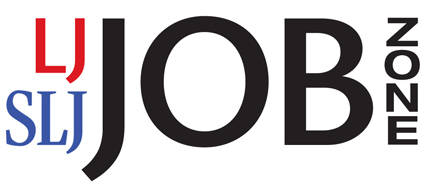Medical Reference: “The Annual Report to the Nation on the Status of Cancer, 1975-2011” Released Online
Published yesterday by the National Cancer Institute (NCI) a part of the National Institutes of Health.
From the NCI Media Release
For the first time, researchers have used national data to determine the incidence of the four major molecular subtypes of breast cancer by age, race/ethnicity, poverty level, and several other factors. These four subtypes respond differently to treatment and have different survival rates. The new data will help researchers more accurately stratify breast cancer by clinically relevant degrees of risk and potentially have an impact on breast cancer treatment. Moreover, armed with this information, women will be able to better understand the implications for their health based on their breast cancer subtype.
These findings, along with statistical analyses of the most common types of cancer, were reported today in JNCI. “The Annual Report to the Nation on the Status of Cancer, 1975-2011” showed continuing declines in cancer deaths for both men and women, for children, and for nearly all major cancer sites. The report was co-authored by experts from the North American Association of Central Cancer Registries (NAACCR), the American Cancer Society (ACS), the Centers for Disease Control and Prevention (CDC), and the National Cancer Institute (NCI) at the National Institutes of Health.
Breast cancer subtypes have major implications for determining treatment and may hold important clues to the origins of breast cancer. There are four molecular subtypes, which can be approximated by their hormone receptor (HR) status and expression of the HER2 gene: Luminal A (HR+/HER2-), Luminal B (HR+/HER2+), HER2-enriched (HR-/HER2+), and triple negative (HR-/HER2-). These subtypes are now being recorded by cancer registries across the nation, giving statisticians the ability for the first time to comprehensively examine breast cancer rates based on clinically meaningful subtypes.
The new report suggests that some of the differences in rates of breast cancer incidence and mortality across racial and ethnic groups are related to differences in the incidence of different subtypes. Geographic variation in rates that the authors observed were based on multiple factors, including underlying demographic patterns, regional cultures and associated behaviors, as well as access to care.
[Clip]
The report also noted some trends that require greater evaluation:
- Incidence rates of thyroid and kidney cancers are increasing among both men and women. Increases in rates for new cases of thyroid and kidney cancers may be due to several factors, but no increase in mortality has been noted for these diseases.
- Incidence and mortality rates of liver cancer are increasing among both men and women. These increases may reflect, in part, increasing rates of hepatitis C and/or behavioral risk factors, such as alcohol abuse, for which there are opportunities for intervention
- Unlike the declines in incidence of other tobacco-related cancers, incidence rates are increasing for oral/oropharyngeal cancers overall among white men. This may be associated with increased HPV-associated oropharyngeal cancers, despite a decline in those oral cancers that are more closely associated with tobacco use.
- Incidence and mortality rates are increasing for uterine cancer among white, black, and Asian Pacific Islander women, with the largest increase seen in black women. The cause of these increases is unknown.
Read the Complete News Release For More
Direct to Annual Report to the Nation on the Status of Cancer, 1975 -2011: Questions and Answers
Very useful!!!
Full Text Article (Open Access)
doi: 10.1093/jnci/djv048
J. Natl. Cancer Inst. June 1, 2015vol. 107 no. 6
Direct to Full Text Article (HTML) ||| PDF
Filed under: Data Files, News, Open Access, Reports
About Gary Price
Gary Price (gprice@gmail.com) is a librarian, writer, consultant, and frequent conference speaker based in the Washington D.C. metro area. He earned his MLIS degree from Wayne State University in Detroit. Price has won several awards including the SLA Innovations in Technology Award and Alumnus of the Year from the Wayne St. University Library and Information Science Program. From 2006-2009 he was Director of Online Information Services at Ask.com.


